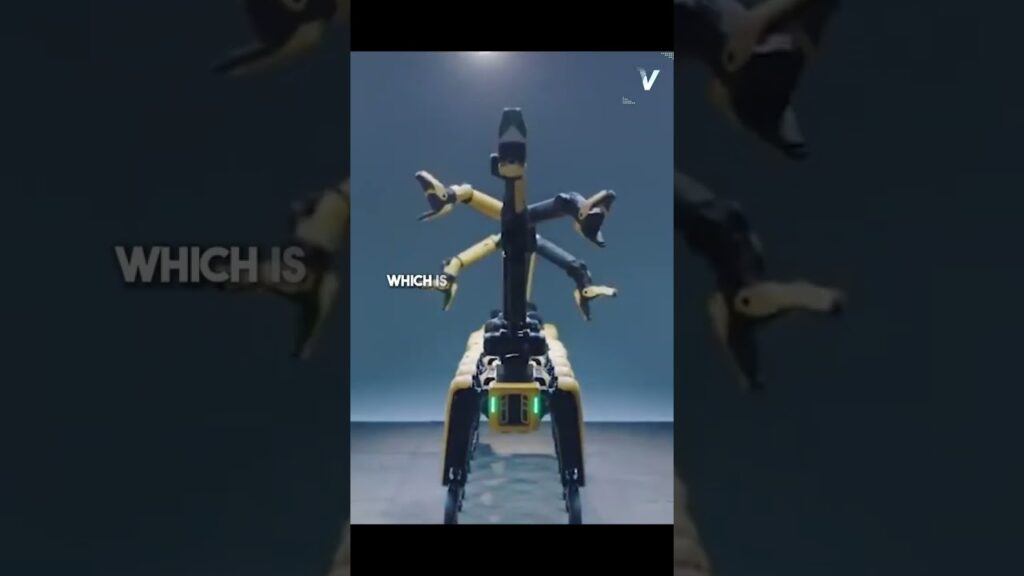Types of Industrial Robots
Industrial automation has revolutionized the manufacturing industry, and robots have become an integral part of this transformation. These robots not only enhance production efficiency but also provide enhanced safety measures, ensuring a smooth workflow. Among the various types of robots used in industries today, the Atlas and Optimus robots developed by Boston Dynamics and Tesla, respectively, have caught the attention of many due to their incredible features and performance. In this article, we will explore the different types of industrial robots and delve into the mind-boggling capabilities of these revolutionary creations.
Industrial robots can be classified into several categories, each tailored to perform specific tasks efficiently and precisely. Let’s take a closer look at some of these categories.
1. Articulated Robots:
Articulated robots, also known as robotic arms, are widely used in industrial settings for their versatility and flexibility. These robots consist of multiple interconnected joints that simulate the movement of a human arm. They excel at performing tasks that require precise movements and the ability to access hard-to-reach areas.
2. Cartesian Robots:
Cartesian robots, also called gantry robots, are based on a three-dimensional rectangular coordinate system. They move along three linear axes and are often used in pick-and-place operations, assembly tasks, and material handling. Cartesian robots are known for their simplicity and high accuracy.
3. SCARA Robots:
SCARA stands for Selective Compliance Assembly Robot Arm. These robots feature two parallel joints that provide compliance in the X-Y plane, making them ideal for applications such as assembly, pick-and-place, and packaging. SCARA robots offer fast and precise movements, making them well-suited for high-speed production lines.
4. Delta Robots:
Delta robots, also known as parallel robots, excel in applications that require swift and precise movements. These robots are equipped with multiple arms connected to a common base, allowing them to handle complex tasks with speed and precision. Delta robots are often employed in the food and beverage industry, where rapid packaging is crucial.
5. Collaborative Robots:
Collaborative robots, or cobots, have gained significant popularity in recent years due to their ability to work alongside humans in a shared workspace safely. These robots feature advanced sensors and actuators that enable them to detect human presence and respond accordingly, ensuring a safe and productive working environment.
Now, let’s shift our focus to the mind-boggling robots developed by Boston Dynamics and Tesla. Boston Dynamics’ Atlas robot has made waves in the robotics industry with its extraordinary agility and dexterity. The Atlas robot can perform a wide range of tasks, including running, jumping, and even performing acrobatic maneuvers. Its human-like movement capabilities make it an ideal candidate for industrial applications where precision and adaptability are paramount.
On the other hand, Tesla’s Optimus robot has taken the automotive industry by storm. Designed specifically for Tesla’s manufacturing processes, Optimus is envisioned to alleviate repetitive tasks and help accelerate production. Although specific details about Optimus remain scarce, Elon Musk, the visionary behind Tesla, has stated that the robot will be “profound” and capable of performing a wide variety of tasks.
While the potential of these robots is awe-inspiring, pricing remains a significant concern. Reports suggest that the Atlas robot, developed by Boston Dynamics, costs around $1.5 million, making it a hefty investment for industries considering adoption. On the other hand, details about the pricing of Tesla’s Optimus robot are yet to be disclosed.
In conclusion, industrial robots have transformed the manufacturing industry, significantly improving efficiency and safety. From articulated robots to collaborative robots, each type has its unique capabilities suited to specific tasks. Boston Dynamics’ Atlas and Tesla’s Optimus robots are perfect examples of how technology continues to push the boundaries of what was once deemed impossible. While their prices may be staggering, their potential to revolutionize industrial automation is undeniable. As we move forward, it will be fascinating to witness how these incredible machines shape the future of industrial robotics and redefine the limits of human and robotic collaboration.
Industrial Robot
“Mind-Blowing Prices of Cutting-Edge Advanced Robots: Discovering the Fascinating World of Industrial Robotics”


